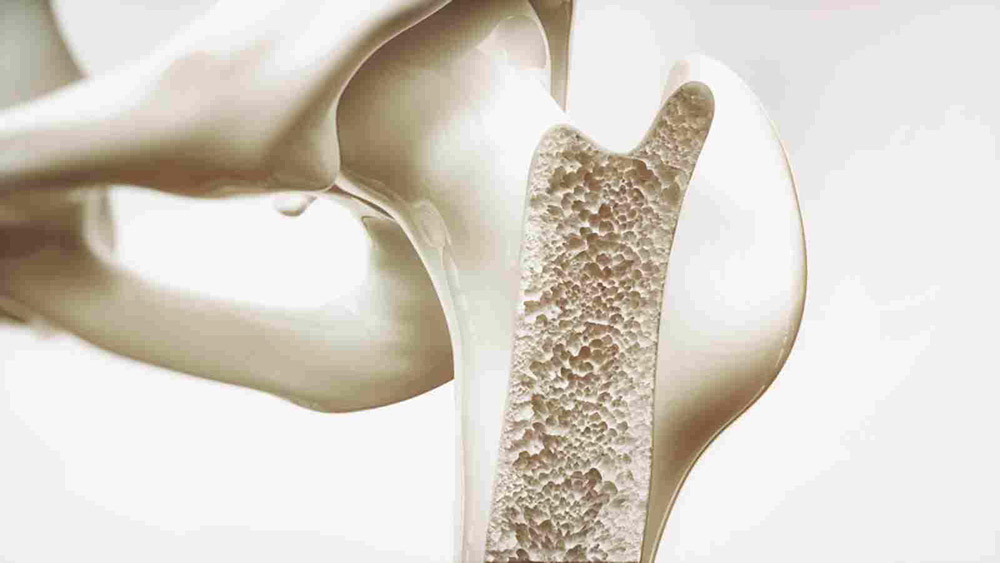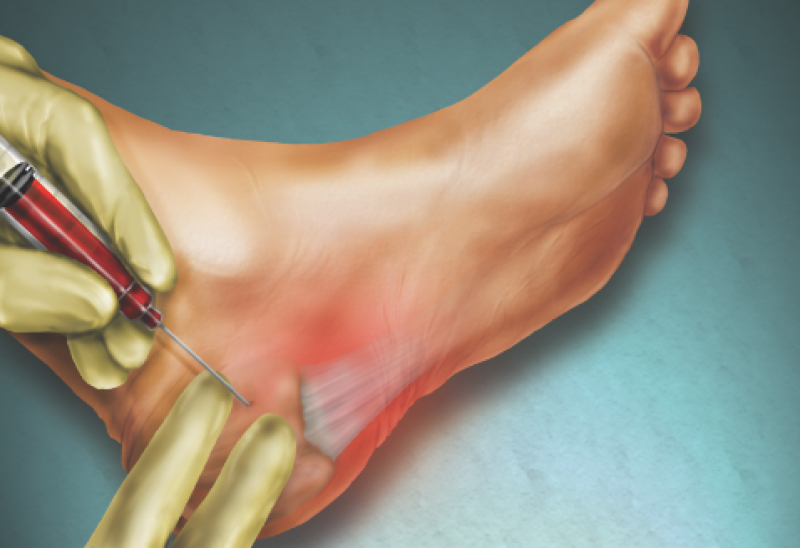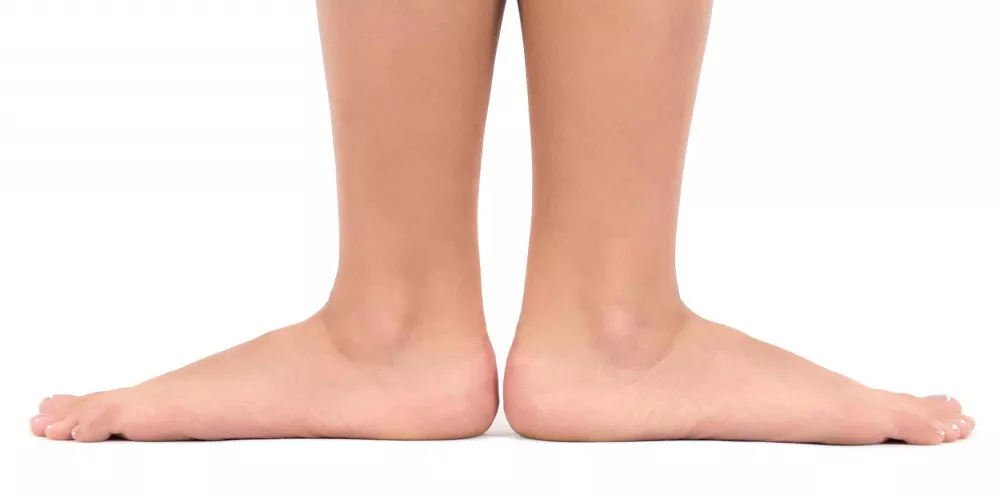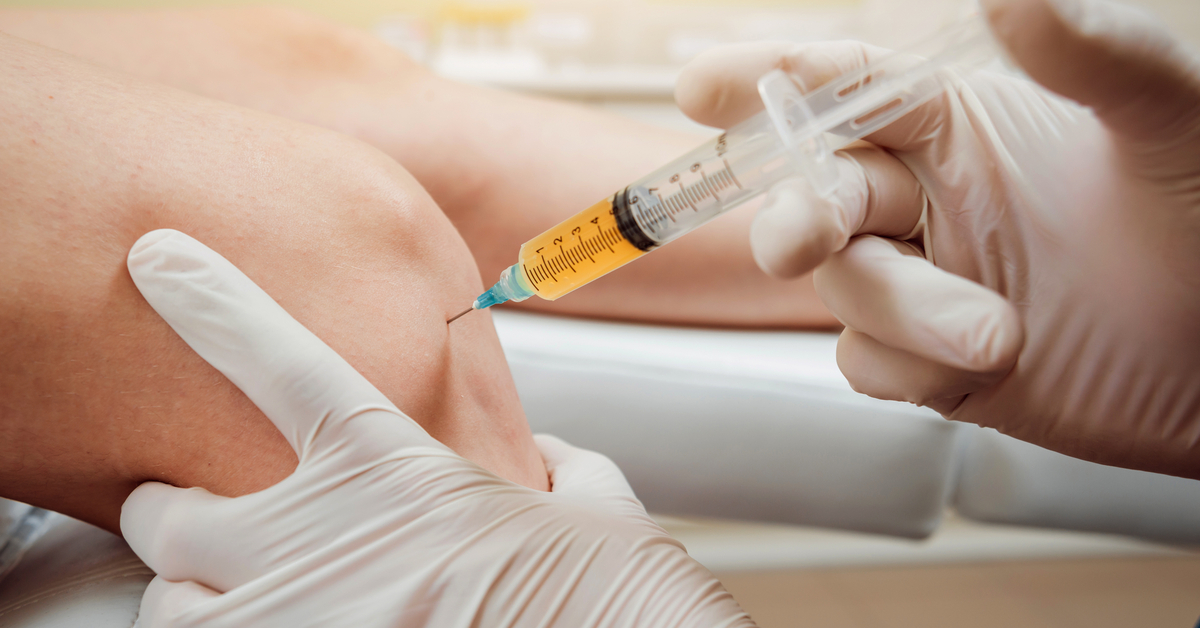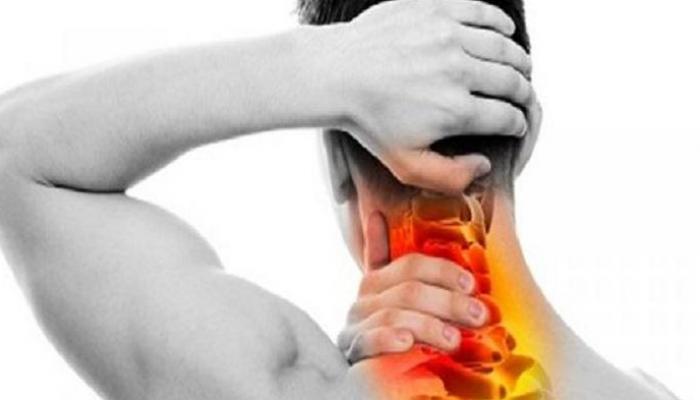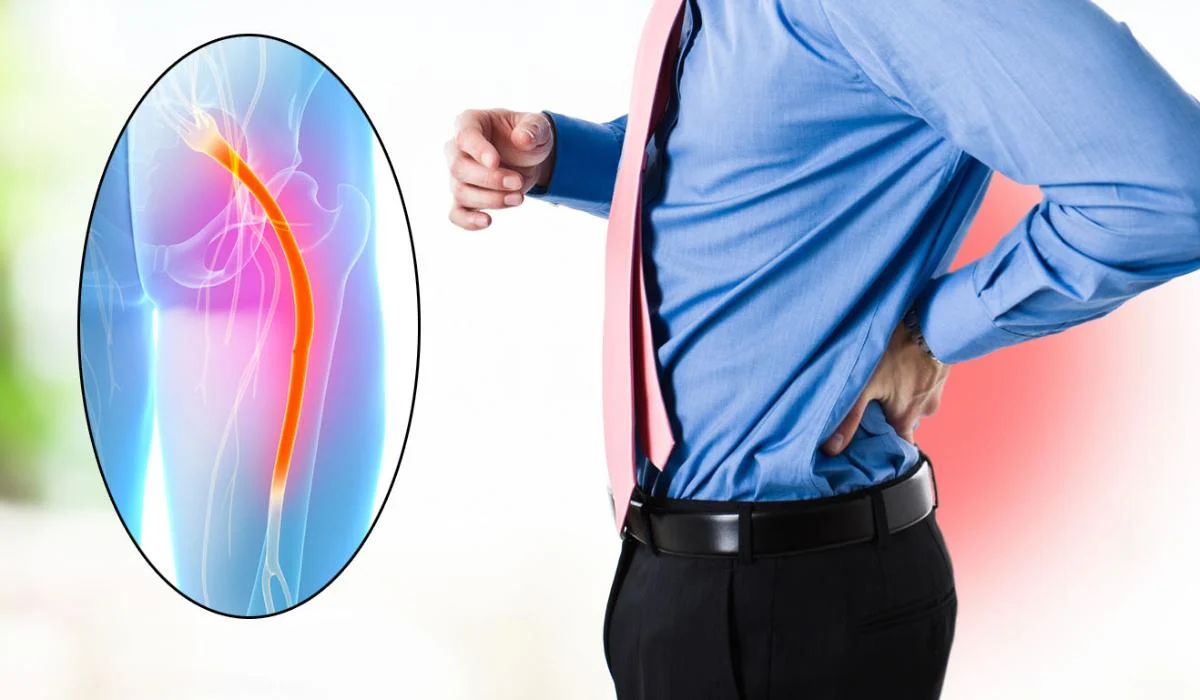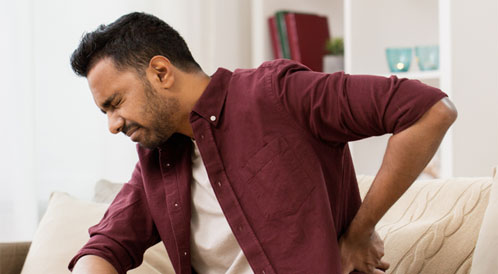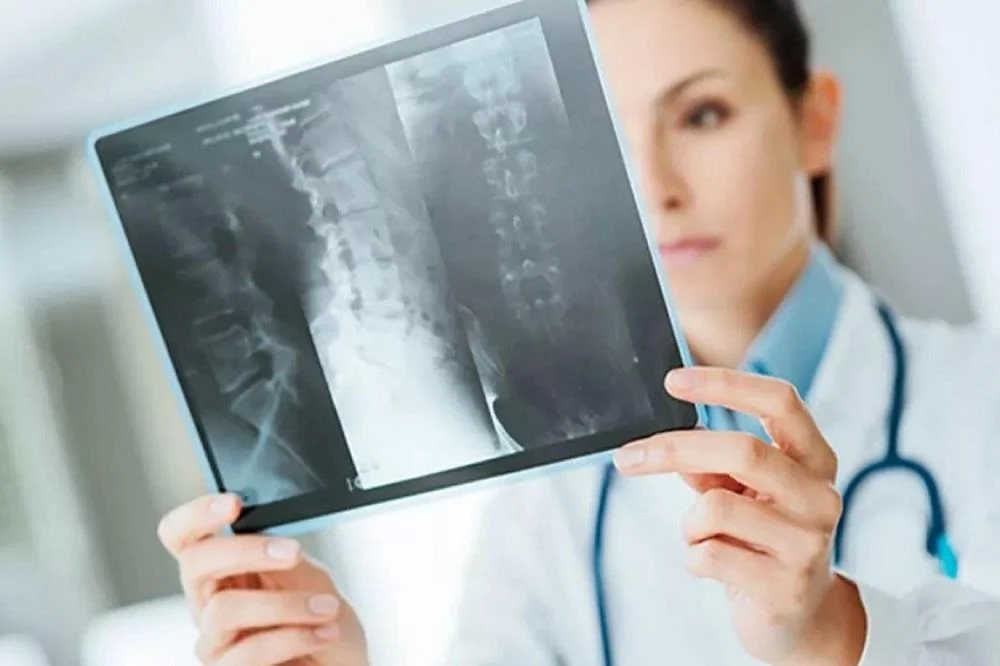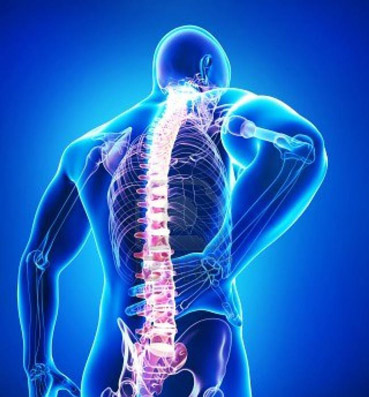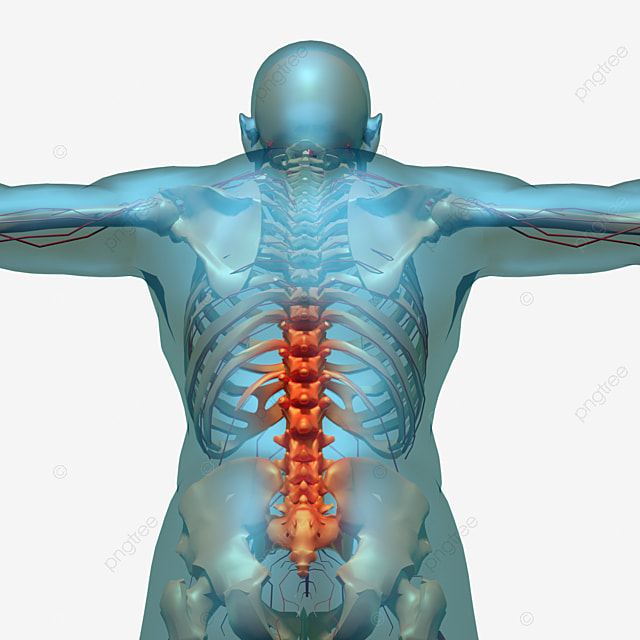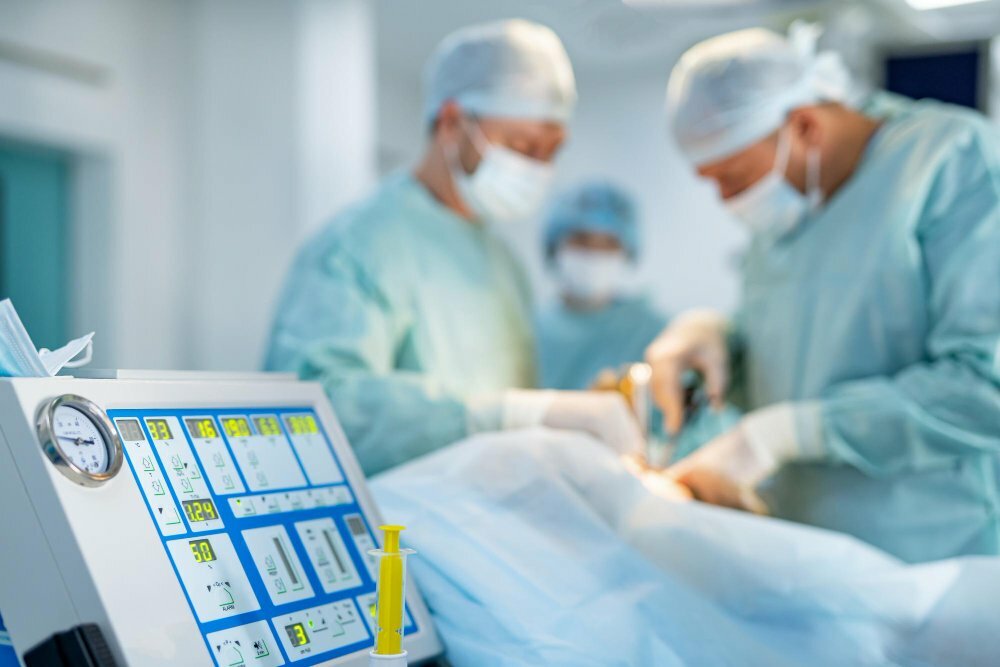Causes of lower back and legs pain
Back pain is widely spread among many individuals, and each area in the back has different causes, and for this reason, the following article must be followed in order to learn a lot of information regarding this topic, so let us read the following.

Causes of lower back and legs pain
There are many reasons that lead to pain in the lower back and legs, for example:
- Stress and sprain: The feeling of stress and sprain causes pain in the lower back, and often this pain spreads towards the buttocks and leg and makes the individual unable to move freely, and this is a result of exposure to a sports injury and exposure the back to severe stress as a result of lifting a lot of heavyweights.
- Lifestyle: Standing or sitting in the wrong positions causes pain in the lower back, and the pain may often get worse until it reaches the leg.
- Fibromyalgia: Fibromyalgia is a chronic pain that affects the lower back and extends toward the legs. The pain may be continuous for many people and may come and go from time to time.
- Arthritis: Arthritis causes pain in the lower back and hips and spreads to the legs. One of the most common causes of arthritis is osteoporosis and rheumatoid arthritis.
- Spinal infection: Inflammation of the spine or surrounding tissues leads to pain in the back, especially if the infection is caused by damage to the spinal nerves, and this results in a feeling of pain and tingling that extends between the legs.
- Ankylosing spondylitis: Also known as ankylosing spondylitis, it is a chronic condition in which both the joints and vertebrae in the spine become inflamed, and this causes stiffness and pain in the lower back that extends to the feet.
- Lumbar herniated disc: It is a ruptured disc in the lower back that presses on the spinal nerve and this causes severe pain in the lower back.
- Sciatica: It is defined as nerve pain caused by an injury to the sciatic nerve. This pain originates in the lower back and spreads to the lower leg, resulting in a feeling of tingling and weakness in the leg muscles.
Low back pain with knee pain
The pain that an individual feels in the lower back along with pain in the knees has many causes, such as:
- Low back strain and not doing stretching exercises.
- Continuing to sit for long periods of time makes the muscles of the back and buttocks very weak and does not support the spinal cord well.
- Bad posture puts a lot of pressure on the lower back.
- Spinal stenosis.
- Sciatica is known to affect the back and knees.
- Serious injury to the back, especially to the spinal cord.
- Suffering from some diseases such as osteoporosis and rheumatoid arthritis.
Treating lower back pain radiating to the buttocks
There are many methods that are used to treat lower back pain that extends to the buttocks, such as:
- Staying active: People who suffer from lower back pain that extends to the buttocks must remain in motion all the time, and this greatly helps to reduce pain and reduce muscle spasms.
- Modification in the work system: It is difficult for those suffering from lower back pain to remain standing or sitting for a long period of time, with the need to avoid lifting heavy weights.
- Exercises: Doing the exercises determined by the doctor according to the individual’s condition is very important in order to relieve back pain, and it is also possible to do some cold and warm compresses.
- Analgesics: It is possible for the individual to use some medications that relieve the pain he feels, but it is preferable to take them only when necessary and avoid prolonging their use for a long time.
- Muscle relaxants: Muscle relaxants relieve symptoms and pain that the individual feels, but they are faulty because they may cause the individual to feel drowsy all the time.
- Physiotherapy: Following a physical therapy program in treatment is very important in relieving the severity of symptoms and pain that the individual feels, and this is by focusing on increasing the flexibility of the spine.
- Acupuncture: inserting very thin needles in certain specific places helps the energy flow in the body well and relieves back pain that extends to the buttocks.
- Massage or massage: Massage in the form of circular movements has an effective role in relieving the pain felt by the individual, especially if he uses some oils that have good therapeutic properties.
- Medicines: It is possible for the doctor to advise taking cortisone injections if the lower back pain is chronic and associated with sciatica, and the pain begins to improve within two weeks of taking it.
Lower back pain above the left buttocks
There are many reasons that lead to an individual feeling lower back pain above the left buttocks, such as:
- Excessive muscle strain, overuse, or sprain.
- Improper sitting positions.
- Aging and getting older.
- Weakness of the heart muscles.
- Exposure to a herniated disc.
- Myofascial problems.
- kidney stones
- Having problems with the uterus.
Low back pain radiating to the thigh
The pain felt by the individual, which extends to the groin, may be a result of pressure on the nerves branching from the spinal cord, and the reasons for this occurrence include:
- Herniated disc.
- A rupture of a disc in the back vertebrae.
- Muscle tension causes pressure on nerves.
- Spinal stenosis.
- Sciatica.
- Nerve infections.
- Sitting in the wrong positions.
Lower back pain when walking and standing
The feeling of lower back pain when walking and standing may be a result of many factors, and there are many other symptoms that accompany this, such as:
- Feeling muscle pain.
- The sharpness of the pain is similar to the stabbing.
- Pain spreading down to the leg.
- Worsening pain when bending or walking.
- The pain improves when the individual rests.
Lower back pain treatment
There are many methods that are followed in the treatment of back pain from the bottom, for example:
- Take care to take plenty of rest, but avoid overdoing it so that the situation does not get worse.
- Do some warm and cold compresses on the lower back.
- It is possible to take some pain relievers in case of severe symptoms.
- Staying active and active and exercising.
Pain in the middle of the back
There are many causes of middle back pain, such as:
- Pinched nerve: The individual suffers from a pinched nerve as a result of an injury or damage to the spinal nerves, and this is the result of pressure on it severely and for a long time continuously.
- Herniated disc: In the event of damage to the area surrounding the spinal disc, the fluids between the vertebrae begin to exit from their place, and this causes pressure on the spinal nerves and exposure to a herniated disc.
- Exposure to vertebral fractures: It is possible for a bone fracture to occur in any vertebra of the spine that is located in the middle of the back as a result of exposure to an injury during some sports or accidents.
- Osteoporosis: This pain may be the result of erosion and damage to the cartilage that works to protect the bones, and the bone spurs begin to press on the nerves of the spine.
- Myofascial pain syndrome: It occurs as a result of muscle contraction several times, and often this syndrome is associated with the excessive effort that the individual performs during some activities or some types of sports.
Upper middle back pain
Upper back pain has many causes, such as:
- Adhering to a wrong position: where the individual continues to sit, sleep, or even stand in the wrong position for a long time over time, and this causes great muscle stress.
- Lifting weights improperly: Carrying weights on the head in an inappropriate way and repeating this also leads to pain in the middle of the upper back.
- Frequent use of the upper back: Excessive wear of the upper back, especially when making wrong movements such as painting the ceiling, causes muscle strain, ligament rupture, and inflammation of the upper back.
- Exposure to accidents: An individual may be exposed to an accident that may affect the upper back and cause damage to soft tissues, discs, and vertebrae.


